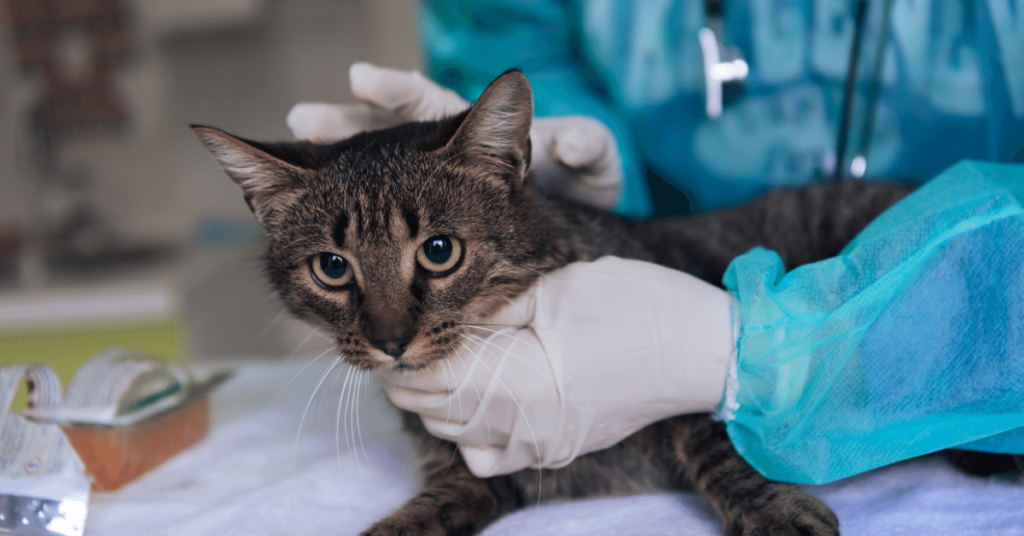Understanding the Importance of Training Your Cat
Training your cat to come when called is not only a fun and impressive trick, but it also serves a practical purpose. Teaching your cat to respond to your commands can help keep them safe and prevent them from getting into potentially dangerous situations. Whether you want to call your cat indoors, away from a busy road, or simply have them come to you for some cuddle time, having a responsive cat is beneficial for both you and your feline friend.
Start with the Basics: Name Recognition
Before you can train your cat to come when called, it’s important for them to recognize their name. Start by saying your cat’s name in a calm and friendly tone, and reward them with a treat or praise when they respond by looking at you. Repeat this exercise regularly until your cat consistently recognizes their name.
Choose the Right Cue Word
Once your cat recognizes their name, you’ll need to choose a cue word that will signal them to come to you. It’s important to select a word that is distinct and easy for your cat to understand. Common cue words include “come,” “here,” or even a clicker sound. Consistency is key, so make sure everyone in your household uses the same cue word when calling the cat.
Use Positive Reinforcement
Positive reinforcement is an effective training method for cats. When your cat comes to you after being called, reward them with a treat, a gentle stroke, or verbal praise. Make sure the reward is something your cat finds valuable and enjoyable. Over time, your cat will associate coming when called with positive experiences and will be more likely to respond to your command.
Start Training in a Quiet Environment
When beginning the training process, it’s best to start in a quiet and familiar environment where your cat feels comfortable. Minimize distractions and choose a time when your cat is relaxed and not too playful. This will help them focus on the training and increase their chances of success.
Use a Target and Lure Technique
To train your cat to come when called, you can use a target and lure technique. Hold a small treat or toy in your hand and extend it towards your cat while saying the cue word. As your cat approaches, slowly move the treat or toy towards you, encouraging them to come closer. When they reach you, reward them with the treat or toy and praise. Repeat this exercise several times until your cat starts associating the cue word with coming to you.
Increase the Distance and Difficulty
Once your cat has mastered coming to you in a controlled environment, gradually increase the difficulty level. Start calling your cat from different rooms in your home or from outside. Increase the distance between you and your cat, and keep practicing in various environments. This will help your cat generalize the training and respond to your command regardless of the location.
Be Patient and Consistent
Training a cat requires time, patience, and consistency. Your cat may not respond perfectly at first, but with regular practice and positive reinforcement, they will improve over time. Avoid punishment or negative reinforcement, as it can create fear or resentment in your cat, making the training process more difficult. Remember to be patient and celebrate your cat’s progress along the way.
Summary
Teaching your cat to come when called is a rewarding experience that strengthens the bond between you and your feline companion. By starting with name recognition, choosing the right cue word, and using positive reinforcement, you can train your cat to be responsive and obedient. Remember to start in a quiet environment, use a target and lure technique, gradually increase the difficulty, and most importantly, be patient and consistent. With time and practice, your cat will become a pro at coming when called, ensuring their safety and allowing for enjoyable interactions with you.







